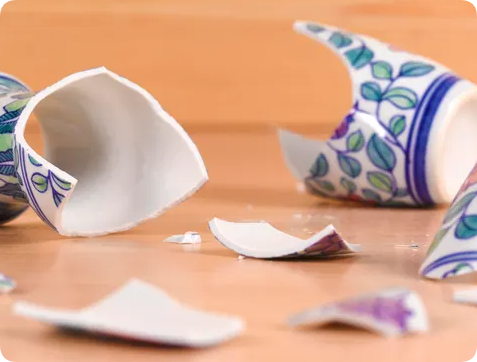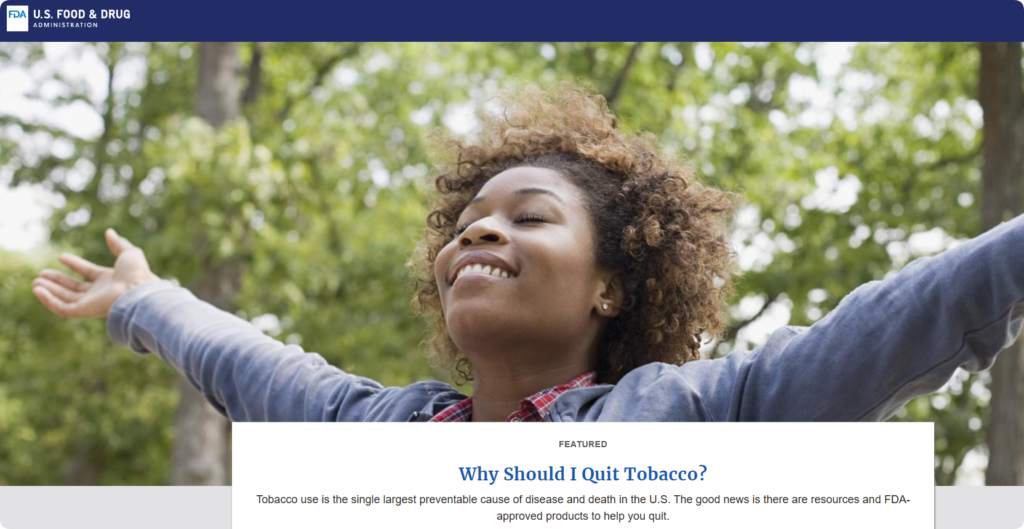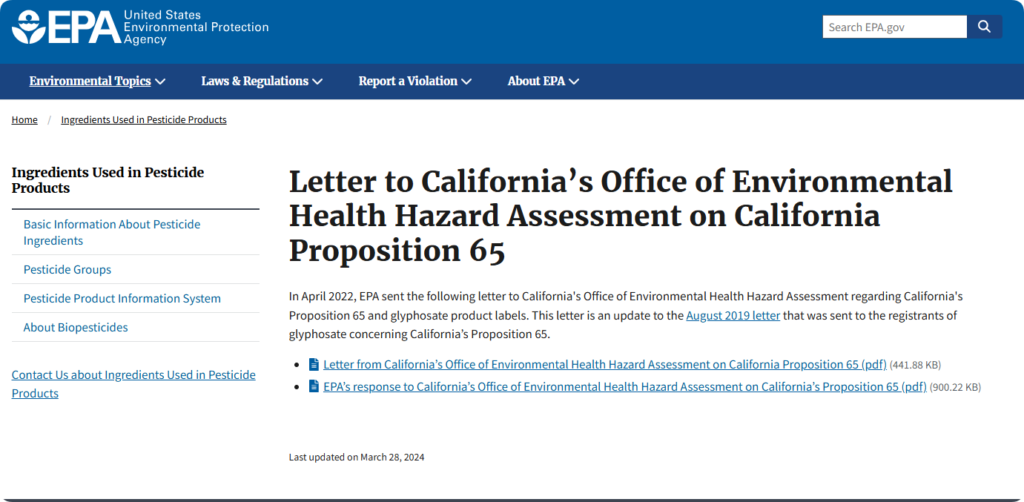When considering ceramic products for your business, the question of safety often arises. One such concern is whether broken ceramic is toxic. This is especially relevant for businesses supplying supermarkets, home goods stores, or those offering custom ODM and OEM services for ceramic products. In this article, we’ll delve into the toxicity of broken ceramic, factors to consider, and safety measures.

What Are Ceramics Made Of?
Ceramics are non-metallic, inorganic materials made by shaping and firing natural clay and other materials at high temperatures. Common ceramics include:
- Porcelain: Made from fine kaolin clay and fired at very high temperatures.
- Stoneware: Durable and often used in dinnerware.
- Earthenware: Fired at lower temperatures, typically less durable.
Key Components of Ceramics
| Component | Toxicity Level | Common Uses |
|---|---|---|
| Clay | Non-toxic | Base material for most ceramics |
| Silica (Quartz) | Hazardous in dust form | Adds strength, found in glazes |
| Glazes | Potentially toxic if lead-based | Provides finish and color |
While raw materials are generally non-toxic, certain additives or heavy metals in glazes could pose risks when broken ceramic shards are exposed.
Is Broken Ceramic Toxic?
Broken ceramics themselves are not inherently toxic but can present indirect hazards. Below, we explore three aspects of potential toxicity:
1. Dust from Broken Ceramics
When ceramics break, fine dust particles may be released. If these contain silica or heavy metals (from glazes), inhalation over time could lead to health issues like:
- Silicosis: A lung condition caused by inhaling silica dust.
- Heavy Metal Poisoning: From exposure to lead or cadmium in old or non-compliant ceramics.
2. Sharp Edges and Physical Injury
Broken ceramic shards are sharp and can cause physical injury. While this is not a toxicity concern, such risks are significant in workplaces, supermarkets, and packaging centers.
3. Leaching of Harmful Substances
- Broken ceramic used in food-contact settings (e.g., bowls, plates) might leach substances into food or drinks.
- Non-food-grade ceramics with lead-based glazes are more likely to leach toxins when cracked.
Is chipped ceramic dangerous? – Quora
No, because no modern ceramic plates have lead glazes, and in any case even if it was solid lead, you would not absorb enough lead as it passed through you. To get lead poisoning from ceramics you need lead glaze and to store something acidic (like tomato sauce) in it for a long time to leach the lead out.
Ceramic art and pottery has a wide variety of hazards.
The specific hazards and precautions can be divided into four areas:
1.potential leaching of finished ware
2.working with clay
3.glazing and coloring
4.firing in a kiln
How to Identify Safe Ceramics for B2B Procurement
Check Certifications
When sourcing ceramics, especially for mass markets, ensure that products comply with safety standards:
- FDA Certification (USA): Ensures food-contact safety.

- LFGB Certification (EU): Regulates materials in contact with food.
- Prop 65 Compliance (California): Addresses lead and cadmium safety.

Assess Glaze Composition
Modern ceramics often use lead-free or cadmium-free glazes, minimizing toxicity risks. Always verify this with manufacturers.
Comparison: Lead-Free vs. Lead-Based Ceramics
| Feature | Lead-Free Ceramics | Lead-Based Ceramics |
|---|---|---|
| Safety | Non-toxic, safe for all uses | Toxic if broken or scratched |
| Durability | High | Often less durable |
| Cost | Slightly higher upfront | Lower upfront, higher long-term risk |
| Regulatory Compliance | Meets modern safety standards | May not meet regulations |
| Suitability for Supermarkets | Ideal for large-scale distribution | Not recommended |
Conclusion: For large-scale B2B buyers, investing in lead-free ceramics is not only safer but also better aligned with global market regulations.
Safety Tips for Handling Broken Ceramics
- Avoid Inhalation: Use protective masks when cleaning up broken pieces, especially in production or storage facilities.
- Dispose of Responsibly: Follow local guidelines to recycle or safely discard broken ceramics.
- Educate Staff: Train warehouse or retail workers on handling and disposing of broken items.
Conclusion: Are Broken Ceramics Toxic?
While broken ceramics are not inherently toxic, risks arise from dust, sharp shards, and the potential for leaching harmful substances in non-compliant products. For B2B buyers sourcing ceramics, ensuring compliance with modern safety standards and opting for lead-free ceramics is critical to mitigating these risks.
ODM and OEM buyers, especially those supplying to global supermarkets, should prioritize high-quality, certified ceramics. Partnering with reliable manufacturers will ensure both product safety and market compatibility.

